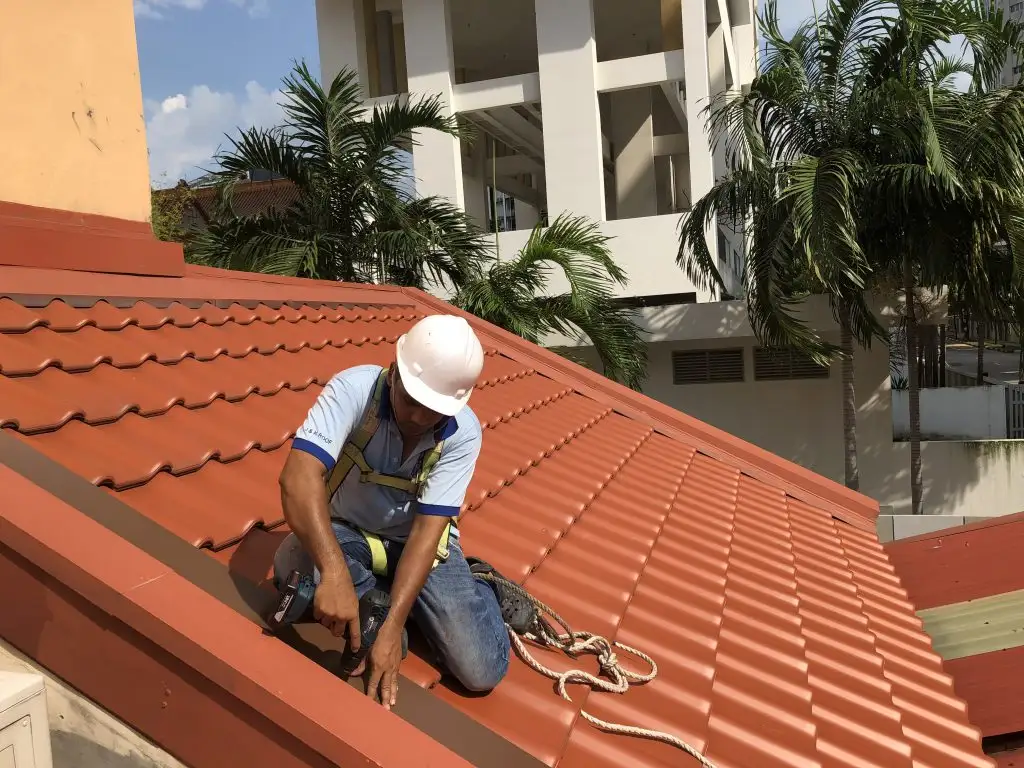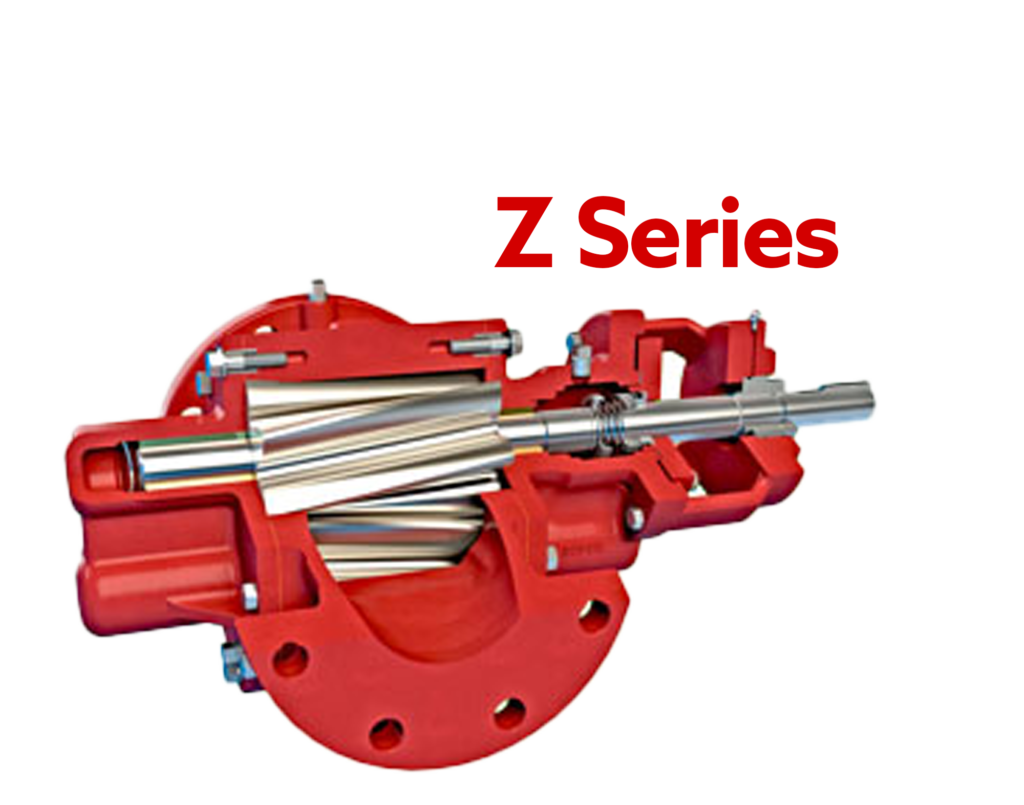The Basic Foundations of Real Estate

Many homeowners are unaware of the basic foundations of their property. The truth is, your house is functional because of its systems that work together like a well-oiled machine. These systems are mostly built to ensure the proper and stable structure of your home. If you want to learn more about your house’s details, read on.
Table of Contents
The Structure
Every house has a skeleton that keeps it together. The structure does not only give the house a shape. It is also what supports the whole building. To ensure that the structure is at its full strength, it should be built by following load engineering principles and building codes.
This structure is called a frame, and though many modern houses nowadays use steel frames, many properties built since the 1920s use wooden beams. Other factors that make up the structure are:
- Foundation – it is what supports the load-bearing walls and floors. Some foundation is built on concrete, a flat slab that acts as both the base for the structure and bottom floor of the house. Depending on the property’s location, the foundation can be poured concrete, brick, stone, preservative-treated lumber, and concrete block.
- Roof – the roof is one of the most important components of a house, and construction is not complete without it. The roof’s two main purposes are to cover the top of the home and shed water that can cause severe damages to the property. Roofs shed water because of their slope. The greater the slope, the faster the water will shed. Some of the most common roof materials are metal, asphalt, slate, tile, cedar, and wood.
Plumbing System
This system is a mystery to many because it is hidden in the walls and floor. You won’t be able to know that there’s a problem until you see a leak of a sudden surge in your water bill. Every house has a plumbing system that takes care of the distribution of drinking water and disposal of waterborne wastes.
Ordinary water pipes you will find in hardware stores are usually made of asbestos cement, steel, copper, cast iron, brass, and plastic. Even if there are many types of materials that are now being used in plumbing systems, the basic rule of thumb is that the material should be non-corrosive, durable, and strong.
Aside from the distribution of potable water, the plumbing system is made of drain lines. Sewers are made up of pipes that drain and deliver toilet contents to the city water treatment. The standard material used for residential drain pipes is PVC.
Electrical System
Power from the utility company travels into your Breaker Box or Electrical Panel then gets distributed throughout the house. The breaker’s main job is to divide the power into separate circuits such as outlets on the walls. The circuits also run power straight to your house’s fixtures like lights and appliances. The major components of your home’s electrical system are:
- incoming power lines
- service panel
- sub-panels
- electrical boxes
- household wiring
- electrical meter
- switches
Other examples of electrical systems in your house include complex wiring for audio systems, home entertainment, cable television, home theaters, intercoms, and security and alarm system.
Working on a malfunctioning electrical system requires the help of a certified electrician. Mishandling often results in severe accidents that may lead to death. If you feel like the damage is something you can fix, make sure to turn off the breaker or main electrical panel before working on the issue.
Heating, Ventilation, and Cooling System
Also known as HVAC, this system is one of the most common features of almost all houses in the united states. It is designed to adjust its function based on the environment to provide comfort inside the house. Though your HVAC is a different system, it is still commonly confused with a furnace. The difference between the two is that the former is a complex system composed of three different units that act as one, while the latter uses a thermostat that detects the fall and rise of the temperature inside the home.
A majority of HVAC and furnaces can last around 10-15 years, depending on how they are being used. Routine checkups, cleaning, and maintenance are important to keep these systems up and running. If you can not do it yourself, you can always ask a professional HVAC or furnace service to do the job for you.
Familiarity with all the systems you have at home can benefit you in so many ways. Besides knowing how they are built and their basic functions, you’ll also know how to use and maintain them properly. These systems are essential to keep your household running and your family comfortable.
Meta title: The Basic Components of Homes Today
meta desc: Your house is composed of several major systems that keep everything smooth. They work simultaneously with each other to keep you and your family comfortable.





